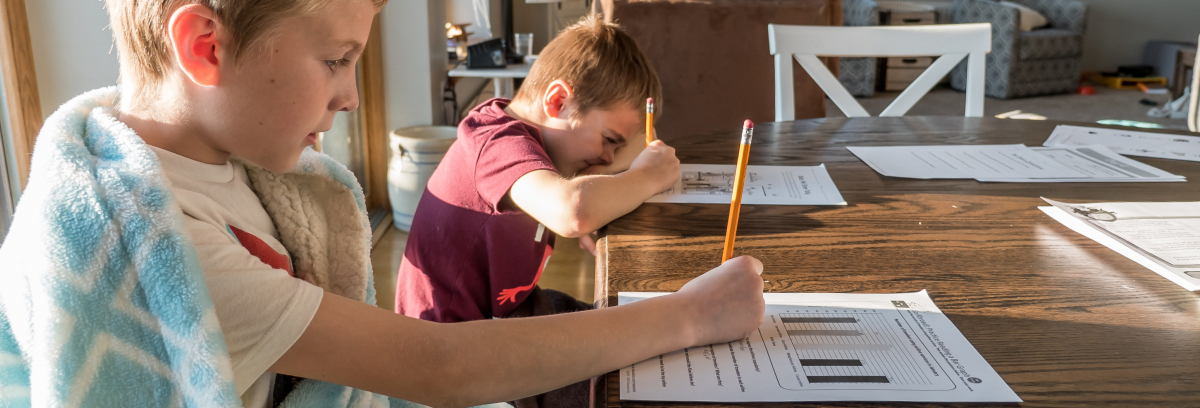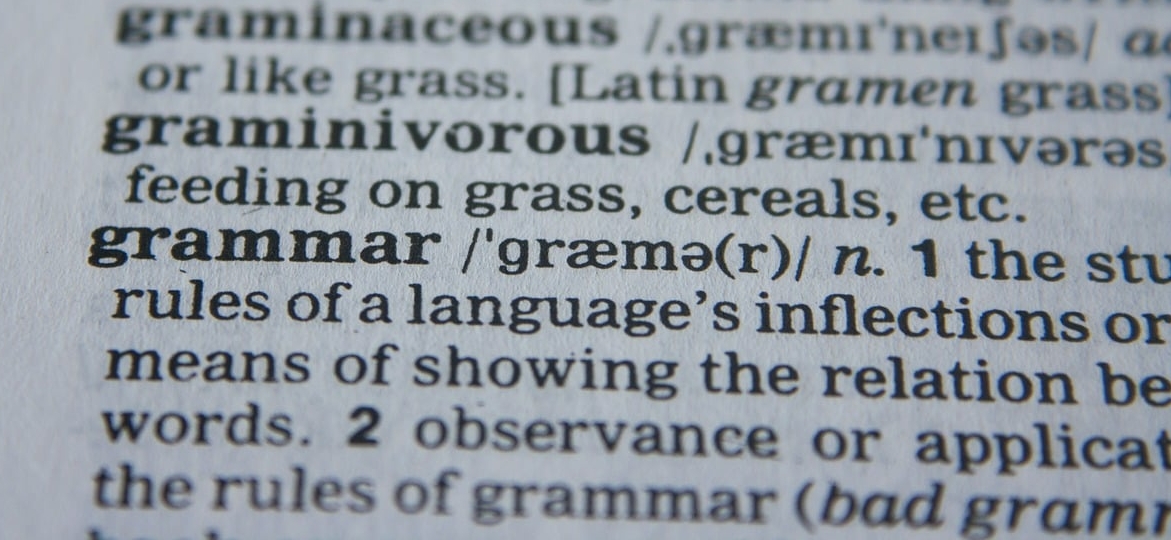In this article, we’re taking a detailed look at the past participle in French. Read on for:
- How to form the French past participle
- Using the French past tense
- Irregular verbs
Ready? Let’s go!
If you wish to learn French online in order to take the tests DELF, DALF or TCF revising all our french grammar and conjugation worksheets is always a great idea!
What is the past participle in French?
The French past participle is another grammatical element of the French past tense. We need it in order to form other tenses, such as the passé composé, and we can also use it as an adjective.

How to conjugate a verb in the French past participle
OK, so now we know what the past participle in French is, how do we form it? As you probably know by now, French verbs are sorted into groups and their conjugations differ depending on the group they belong to.
Conjugating -er verbs
Verbs like parler (“to speak”) and manger (“to eat”) belong to this group. This is how we form their French past participle:
- Take the infinitive, e.g. parler
- Remove the final -er, e.g. parl
- Add the ending -é, e.g. parlé
Conjugating -ir verbs
Verbs like finir (“to finish”) and sourire (“to smile”) belong to this group. Here’s how we form their French past participle:
- Take the infinitive, e.g. finir
- Remove the final -ir, e.g. fin
- Add the ending -i, e.g. fini
Conjugating -re verbs
Verbs like vendre (“to sell”) and attendre (“to wait”) belong to this group. Take a look at forming their past participle in French:
- Take the infinitive, e.g. vendre
- Remove the final -re, e.g. vend
- Add the ending -u, e.g. vendu
Verbs that use avoir with the past participle
One of the main things you’ll use the French past participle for is forming the passé composé. This French past tense is regularly used to describe completed actions in the past, and it is formed as follows:
- Conjugated auxiliary verb + past participle
In French, there are two auxiliary verbs: avoir (“to have”) and être (“to be”).
Most verbs use avoir as their auxiliary verbs. Let’s have a look at some examples:
- J’ai mangé une pomme (“I ate an apple”)
- Il a parlé à sa mère (“He spoke to his mother”)
- Vous avez acheté du vin (“You bought some wine”)
- Ils ont peint la maison (“They painted the house”)
Verbs that use être with the past participle
There are 17 verbs that form the passé composé with être as the auxiliary and they are: naître (“to be born”); devenir (“to become”); mourir (“to die”); monter (“to go up”); descendre (“to go down”); tomber (“to fall”); rester (“to stay”); arriver (“to arrive”); entrer (“to enter”); venir (“to come”); revenir (“to come back”); aller (“to go”); sortir (“to go out”); partir (“to leave”); passer (“to pass by”); rentrer (“to return”); and retourner (“to return”).
Let’s have a look at some of these verbs in action:
- Je suis née en 1980 (“I was born in 1980”)
- Il est sorti à 18 heures (“He went out at 6 o’ clock”)
- Nous sommes devenus amis (“We became friends”)
- Ils sont rentrés à la maison (“They returned to the house”)
Notice that when the French past participle is used with être, it is modified to agree with its subject in gender and number.
Irregular verbs
Learning these patterns is essential for navigating the French past tense, but of course, there are plenty of irregular French past participles to keep you on your toes.
We’ve set out 15 of the most common irregular past participles in French in the table below:
| Verb | French Past Participle |
|---|---|
| apprendre (“to learn”) | appris |
| avoir (“to have) | eu |
| boire (“to drink”) | bu |
| comprendre (“to understand”) | compris |
| craindre (“to fear”) | craint |
| croire (“to believe”) | cru |
| dire (“to say”) | dit |
| lire (“to read”) | lu |
| mettre (“to put”) | mis |
| mourir (“to die”) | mort |
| prendre (“to take”) | pris |
| recevoir (“to receive”) | reçu |
| savoir (“to know”) | su |
| venir (“to come”) | venu |
| vouloir (“to want”) | voulu |
GlobalExam is your study solution
That was a brisk walk through the essential aspects of understanding and using the past participle in French. If you’d like to go a little deeper into the subject, come and join us on GlobalExam, where you can find helpful grammar explanations and exercises to test your knowledge.
See you soon!
More articles on French conjugation:
- French Conjugation: All you need to know about Verbs And Tenses
- French Future Tense: How Does The Conjugation Work?
- What Is The Imperfect Tense In French? Structure And Examples
- French present Tense: How Does The Conjugation Work?
- Subjunctive In French:Practice The Conjugation And Phrases
- What Are The Reflexive Verbs in French? Worksheets And Exercises
- Conditional Tense In French: Understanding The Structure



